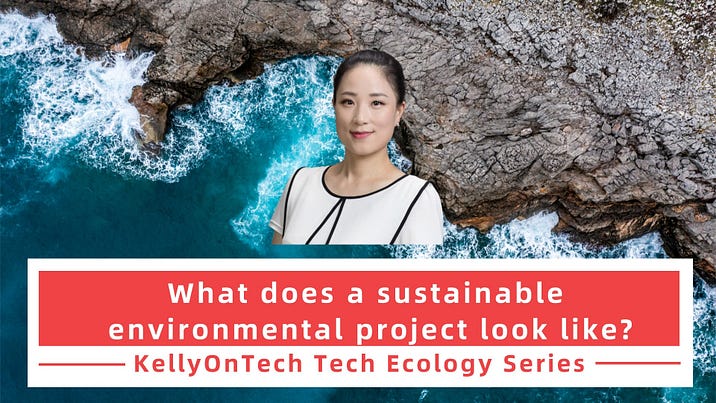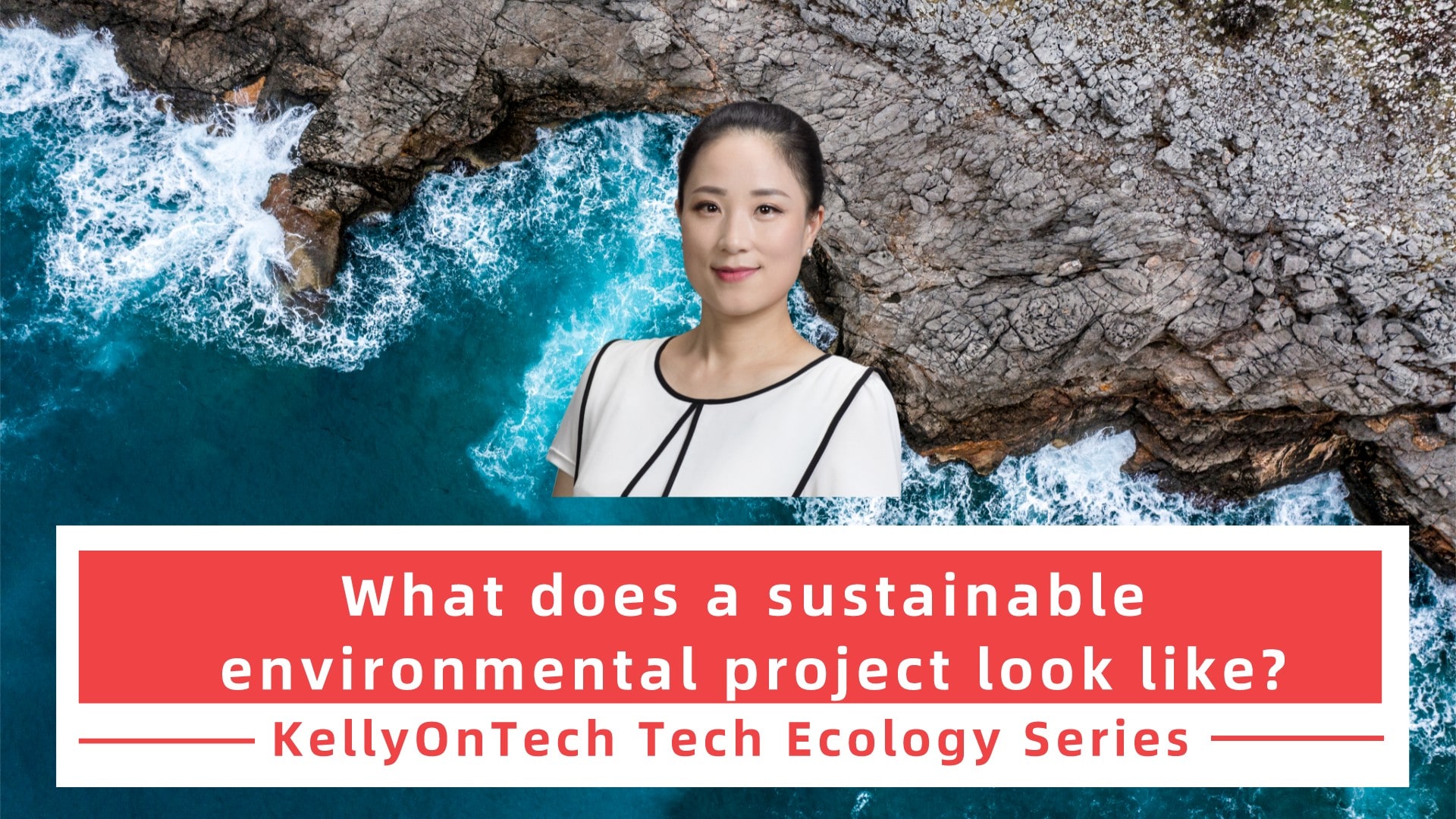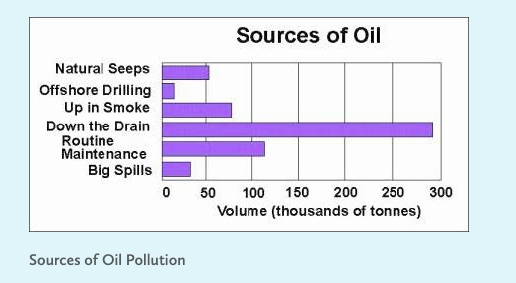What does a sustainable environmental project look like? KellyOnTech Technology Ecology Series
During the past few weeks, I had an opportunity to review some environmental protection projects from Germany, the United States, Portugal, India, Israel, Taiwan, Switzerland, Malaysia and Brazil. This issue will answer the questions of investors in my circle. I hope to inspire you by talking about what kind of environmental projects can be sustainable and profitable through two projects on marine ecology.

Project One: Ocean Plastic Waste Cleanup
First of all, how many tons of plastic waste are currently in the ocean?
According to National Geographic, there are currently 5.25 trillion pieces of plastic debris in the ocean. Of these, 269,000 tons were floating on the sea. That’s the equivalent of a garbage truck full of plastic trash dumping plastic waste into the sea every minute.
It is critical to clean up the plastic waste in the ocean, but considering the manpower and material resources required to do so, is there any commercially viable method?
The more viable projects I’ve come across have a closed business loop. Let me briefly describe their business model.
First, by working with fishermen, they directly buy the plastic waste that fishermen salvage. Then, through technical processing, the recycled plastic waste is processed into high quality fabrics that can be used as raw materials. After that, they find a partner factory to produce new products. They also utilize 3D printing technology so that consumers can customize the products to their liking.
Project Two: Governance of Offshore Oil Pollution
Another project is about the control of marine oil pollution. Let me ask you first, do you know what are the sources of oil pollution?
We generally think that the main source of oil pollution is oil spills, but in fact, oil spills only account for a small part of them. According to a report by the National Research Council (NRC), between 470,000 and 8.4 million tons of oil are released into the sea each year, depending on the frequency and severity of oil spills.
At the same time, some oil pollution is actually natural, and oil can seep out of the seafloor and from eroded sedimentary rocks. For example, kerosene sites a few kilometres off the California coast release between 7,500 and 11,400 litres of crude oil per day!
Where does the worst source of oil pollution come from?
The worst sources of oil pollution come from sewers, including household, municipal and industrial sources of oil pollution. It is estimated that a city of 5 million people discharges the same amount of oil into the water through roadway runoff as a large tanker spill. 5 litres of spilled oil can contaminate approximately 3.8 million litres of fresh water!
Are there any commercialized projects for oil spill management?
The projects I’ve come across so far are, on the one hand, developing new materials to adsorb oil spills and their derivatives to increase the absorption rate; and on the other hand, recycling the oil spills through technical treatment to produce other industrial products for sale.
To sum up, the environmental protection projects that are relatively successful and profitable, have been effectively vertically integrated, forming a complete business closed loop from recycling, to processing into new materials through technical processes, and then using the new materials to produce new products for sale.
Tag:KellyOnTech






